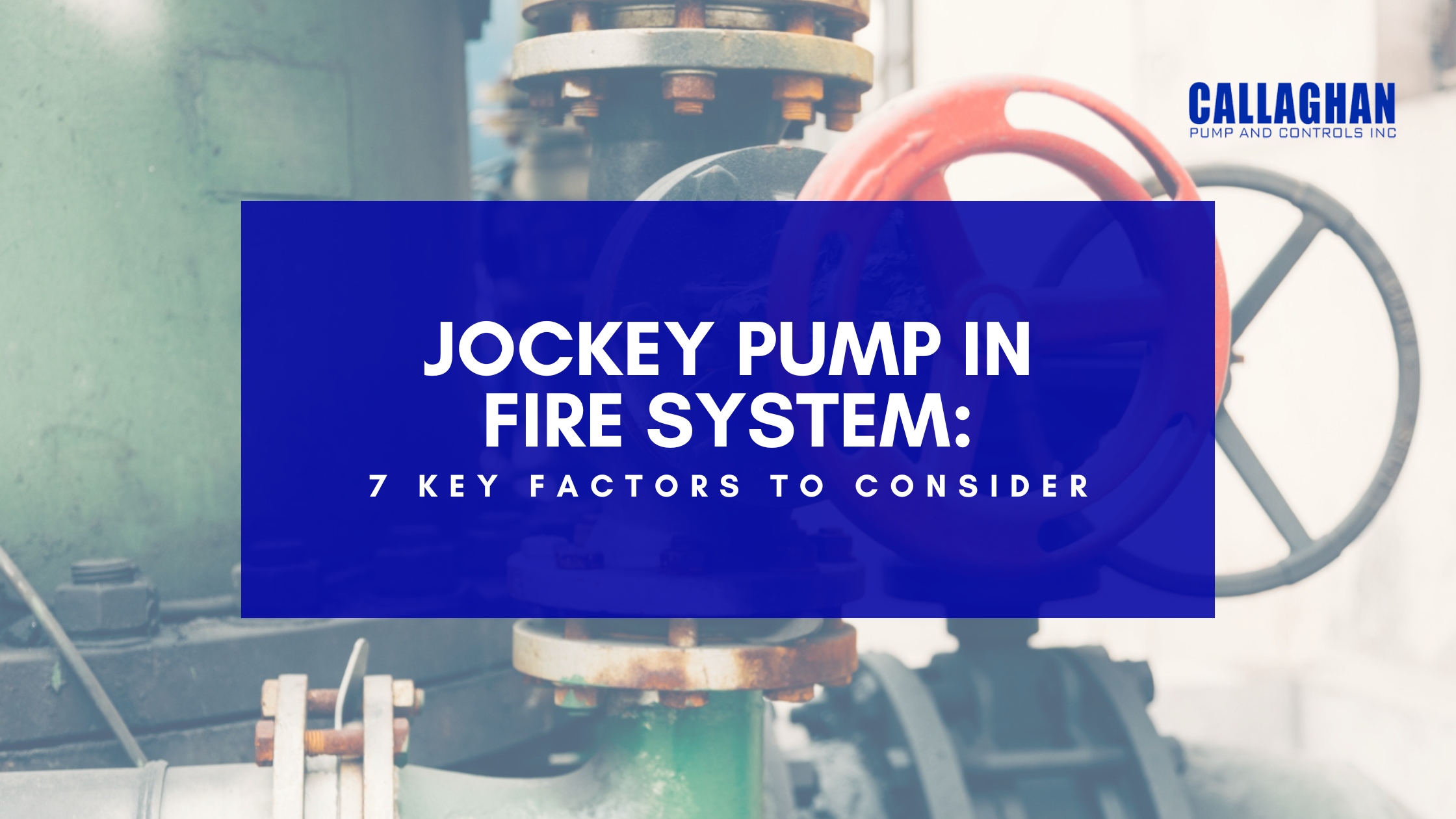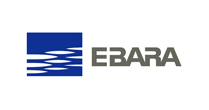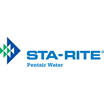
September 26th, 2023
A fire suppression system usually consists of two pumps: a large fire pump that delivers large volumes of water to the standpipe and a small pump that prevents unnecessary cycling of the main fire pump. This small apparatus that works with the fire pump is called the Jockey Pump.
The role of a jockey pump is to keep the water pressure in the fire suppression system elevated to a specific level when the system is not in use. This prevents the fire pump from running all the time without any need. The jockey pump also prevents the system from damage when a fire breaks out, and water rushes into the pipes.
Jockey pumps consist of a three-part assembly. A good rule of thumb for jockey pump sizing is keeping it generally for 1% flow and a 10 to 20 PSI higher pressure of the main fire pump.
There are several governmental guidelines for installing and maintaining jockey pumps, ensuring that these devices work correctly. In the U.S., the NFPA (National Fire Protection Association) provides standard guidelines that include important things like:
There are some crucial factors to look at when searching for the right type of jockey pump for your specific application. For instance, you will need to consider the pump capacity sufficient to maintain the required water pressure in the fire sprinkler system.
Next, consider the pressure of the pump that has to be enough to overcome the resistance of the fire sprinkler system. The head of the pump is another factor that helps the pump deliver water to the highest point in the fire sprinkler system. Additional factors include:
Different fire protection systems have varying demands. Consider whether the system is a sprinkler system, a standpipe system, or another type. This will impact the water pressure and flow requirements.
The size of the fire protection system, including the total volume of pipes and the number of sprinklers, will affect the pressure maintenance needs. Larger systems usually require jockey pump sizing with higher flow rates.
Determine whether a reliable electrical power source is readily available. Electric motor-driven jockey pumps are common where reliable electricity is accessible. In contrast, diesel-driven pumps are suitable for locations with power concerns.
Different regions have specific codes and regulations that dictate the design and installation of fire protection systems. Therefore, ensure the chosen Jockey Pump Sizing complies with local standards.
Depending on the location of the jockey pump, noise levels might be a huge concern. While electric pumps tend to be quieter, diesel-driven pumps are often louder than electric ones.
Consider ease of maintenance and accessibility for servicing. Choose a jockey pump that qualified personnel can maintain and repair efficiently.
While it’s important to prioritize pump reliability, cost is also a crucial factor. Compare the costs of different jockey pump options while considering long-term benefits. Also, keep future expansion in mind.
Consulting with fire pump experts can provide valuable insights and guidance in selecting the right jockey pump for your specific fire protection system needs. Remember that the jockey pump’s role is vital in maintaining the readiness of your fire protection system. So, investing in a well-suited pump is a critical decision.
To learn more about the jockey pump, contact us!
john@callaghanpump.com,
eileen@callaghanpump.com,
dan@callaghanpump.com,
sales@callaghanpump.com,
service@callaghanpump.com












